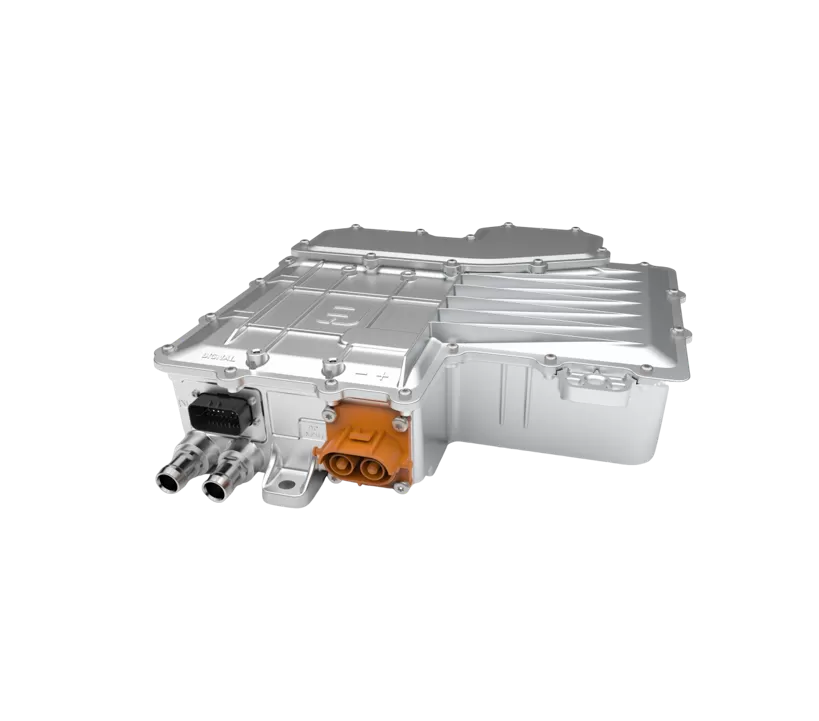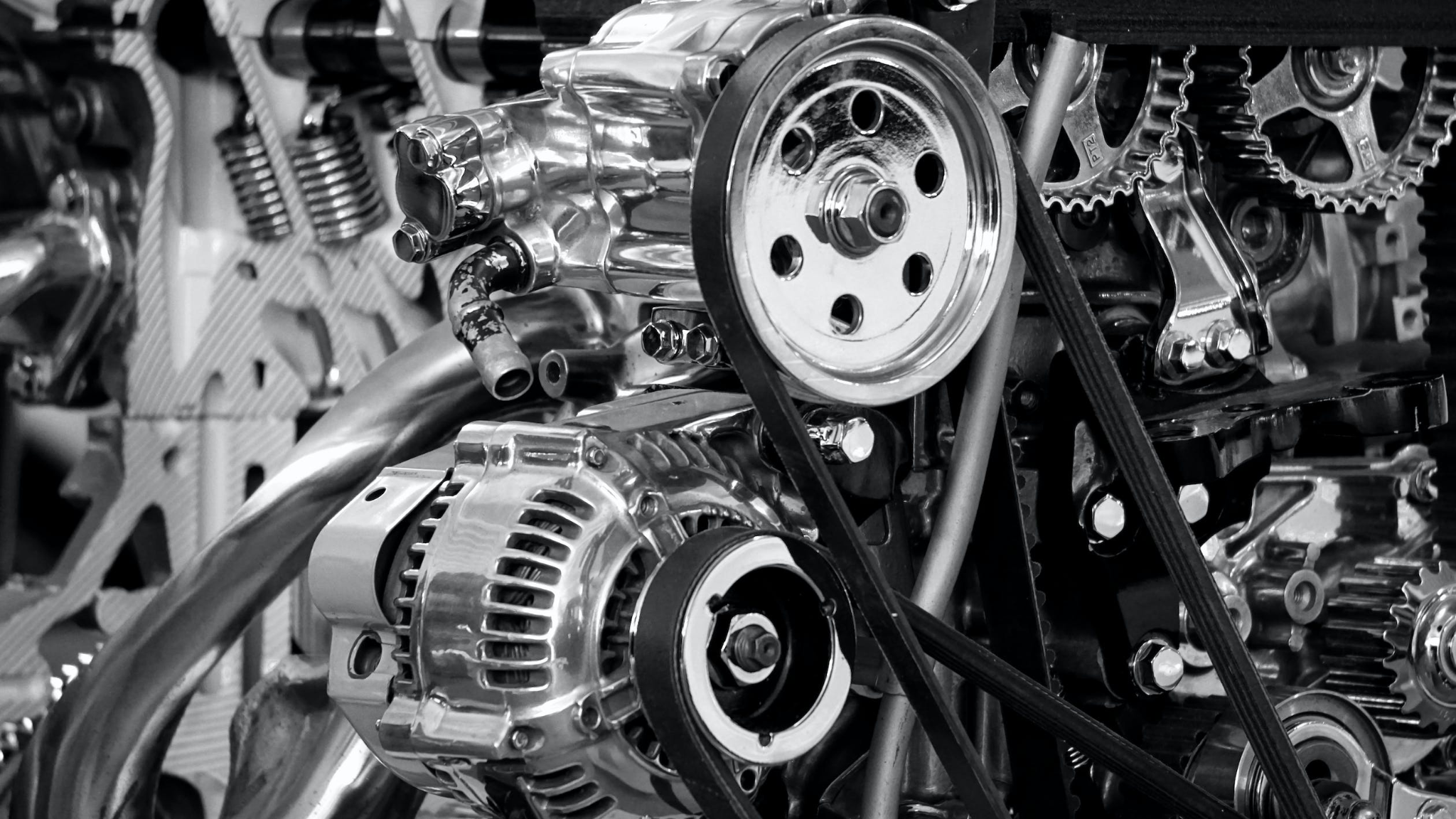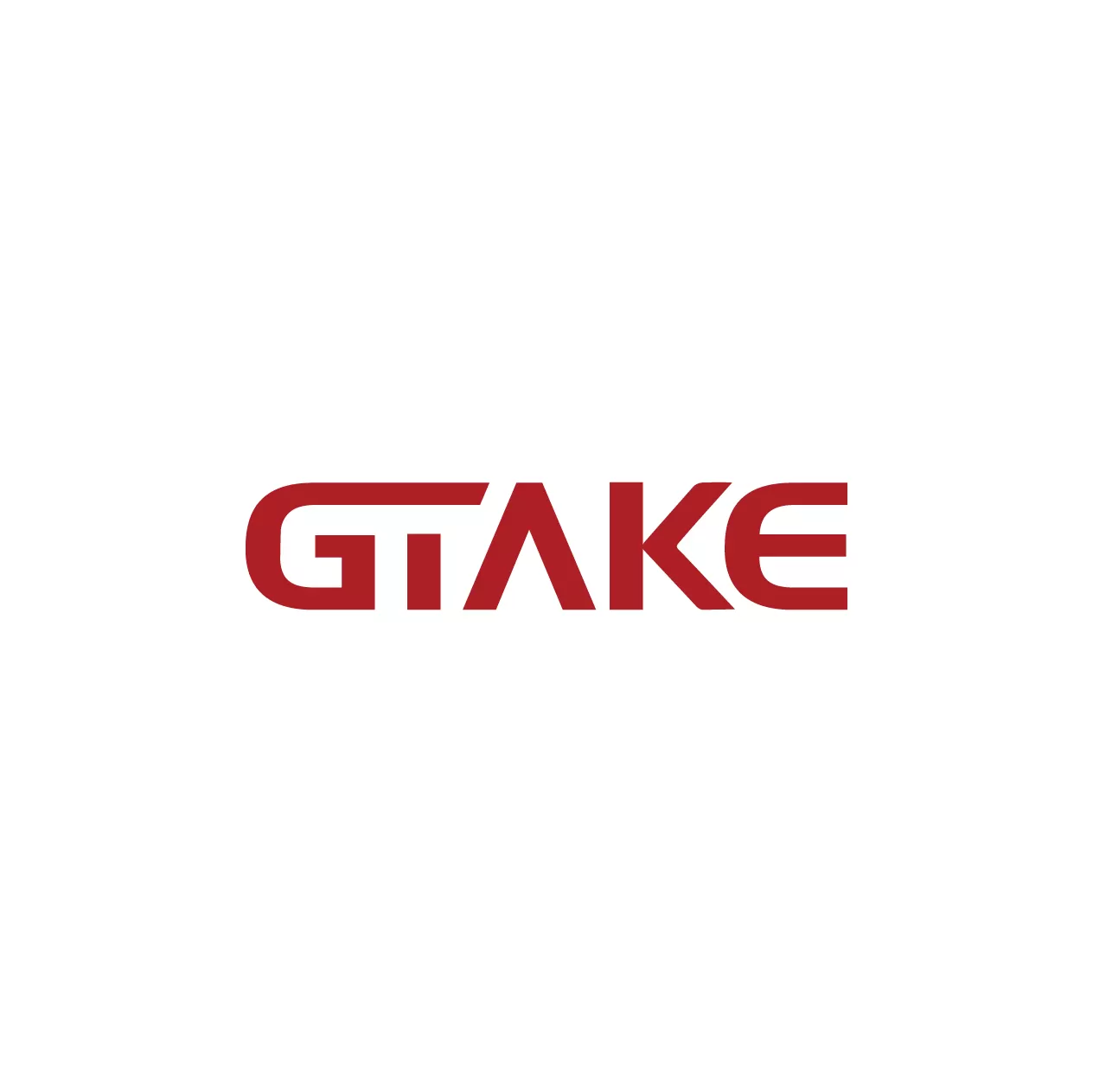The rise of electric motorcycles has created new demands for efficient, safe, and cost-effective control systems. At the heart of these systems lies the electric motorcycle controller, which manages how power is delivered from the battery to the motor. One of the most important design decisions in controller development is whether to use an isolation scheme or a non-isolation scheme. Each approach has unique advantages and limitations that directly affect safety, performance, and cost.
What Is an Isolation Scheme in Controllers?
An isolation scheme is designed to keep the input side of the circuit (such as the battery and charging interface) electrically separate from the output side (such as the motor drive stage). This separation is usually achieved through components like isolated power supplies, transformers, or optocouplers.
In electric motorcycle controllers, isolation provides a protective barrier that prevents high-voltage or fault conditions from spreading to the low-voltage control circuitry. This design ensures greater safety and reliability, which is critical for vehicles operating in dynamic road conditions.

Advantages of Isolation Solutions
One of the key benefits of isolation is enhanced safety. By keeping high-voltage and low-voltage circuits separated, the risk of electric shock or component damage is reduced. This is especially important in high-power motorcycles that require strong protection for both riders and electronics.
Another advantage is better EMI resistance. Isolation helps reduce electromagnetic interference, making signal transmission more stable and accurate. This stability improves overall performance, particularly in environments with heavy electrical noise.
In addition, isolation provides greater reliability. Faults or surges in one part of the circuit are less likely to damage other components, which improves durability and extends the lifespan of the controller. For manufacturers seeking compliance, isolation also helps meet international safety standards, making it suitable for markets with strict regulations.
Disadvantages of Isolation Solutions
Despite its benefits, an isolation scheme comes with certain trade-offs. The most significant is higher cost. Adding isolation circuits requires more components and specialized design, which increases manufacturing expenses.
Another drawback is greater complexity. Designers must carefully manage isolation barriers, which makes the development and maintenance process more difficult.
Finally, isolation can reduce energy efficiency. Because isolated converters and components add extra conversion stages, some power is lost in the process, slightly lowering the overall efficiency of the system.
What Is a Non-Isolation Scheme in Controllers?
Unlike isolation designs, a non-isolation scheme connects the input and output circuits directly. This means that the battery, motor, and control logic share a common ground and electrical path.
Non-isolation schemes are commonly used in medium and low-power electric motorcycles, where voltage levels are relatively safer and system requirements are simpler. They are also preferred in cost-sensitive markets where affordability and compact design matter more than advanced safety barriers.
Advantages of Non-Isolation Solutions
The main advantage of non-isolation schemes is cost-effectiveness. Without the need for additional isolation components, the overall system cost is significantly reduced. This makes it easier for manufacturers to produce affordable electric motorcycles for wider markets.
Non-isolation designs also support compact and lightweight systems. With fewer parts, the controller takes up less space, which is ideal for smaller motorcycles or scooters where space is limited.
In terms of performance, non-isolation provides higher efficiency and faster response. The direct connection allows energy to flow with minimal loss, improving real-time control of the motor.
Disadvantages of Non-Isolation Solutions
The major limitation of non-isolation schemes is reduced safety. Since the input and output circuits are directly connected, any voltage fault can potentially reach the rider or sensitive electronics. This creates a higher risk compared to isolation solutions.
Another disadvantage is susceptibility to interference. Non-isolated circuits are more easily affected by electromagnetic noise, which can impact control accuracy and overall system stability.
Finally, non-isolation schemes offer limited scalability. While they are effective for smaller motors, they are not suitable for high-voltage or high-power systems, which require stricter safety measures.

Application Scenarios: How to Choose?
When deciding between isolation and non-isolation, it is essential to consider the specific requirements of the electric motorcycle.
- Isolation schemes are the preferred choice for high-voltage, high-power motorcycles. They ensure maximum safety, reliability, and compliance with international standards, making them suitable for premium or heavy-duty applications.
- Non-isolation schemes are more suitable for compact, lower-power motorcycles or scooters where cost and efficiency are the main priorities.
Ultimately, the selection depends on factors such as power demand, safety requirements, budget, and target market expectations. Manufacturers and system designers must balance these priorities to deliver the most practical solution.
Conclusion
Both isolation and non-isolation schemes play important roles in the design of electric motorcycle controllers. While isolation offers superior safety and reliability, it comes at a higher cost and with greater design complexity. On the other hand, non-isolation provides efficiency and affordability but lacks the same level of protection.
For developers and manufacturers, the key is to evaluate the intended application and market needs before making a choice. By understanding the pros and cons of each approach, it is possible to design controllers that balance performance, safety, and cost for the growing electric motorcycle industry.
At GTAKE, we provide advanced solutions in motor control technology, including high-performance controllers tailored to different applications. As a trusted motor drive supplier, we are committed to helping partners achieve reliable, efficient, and market-ready designs.
